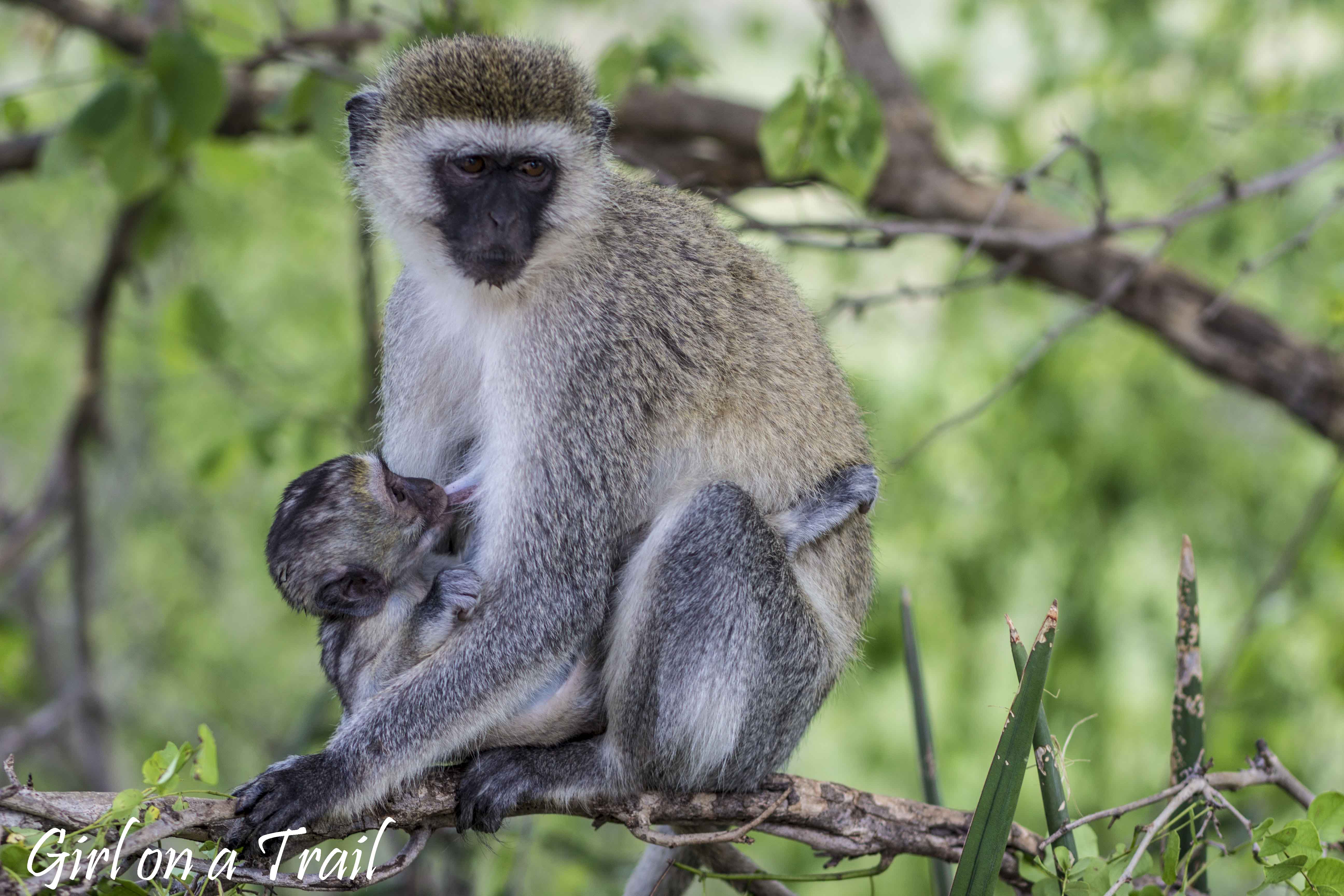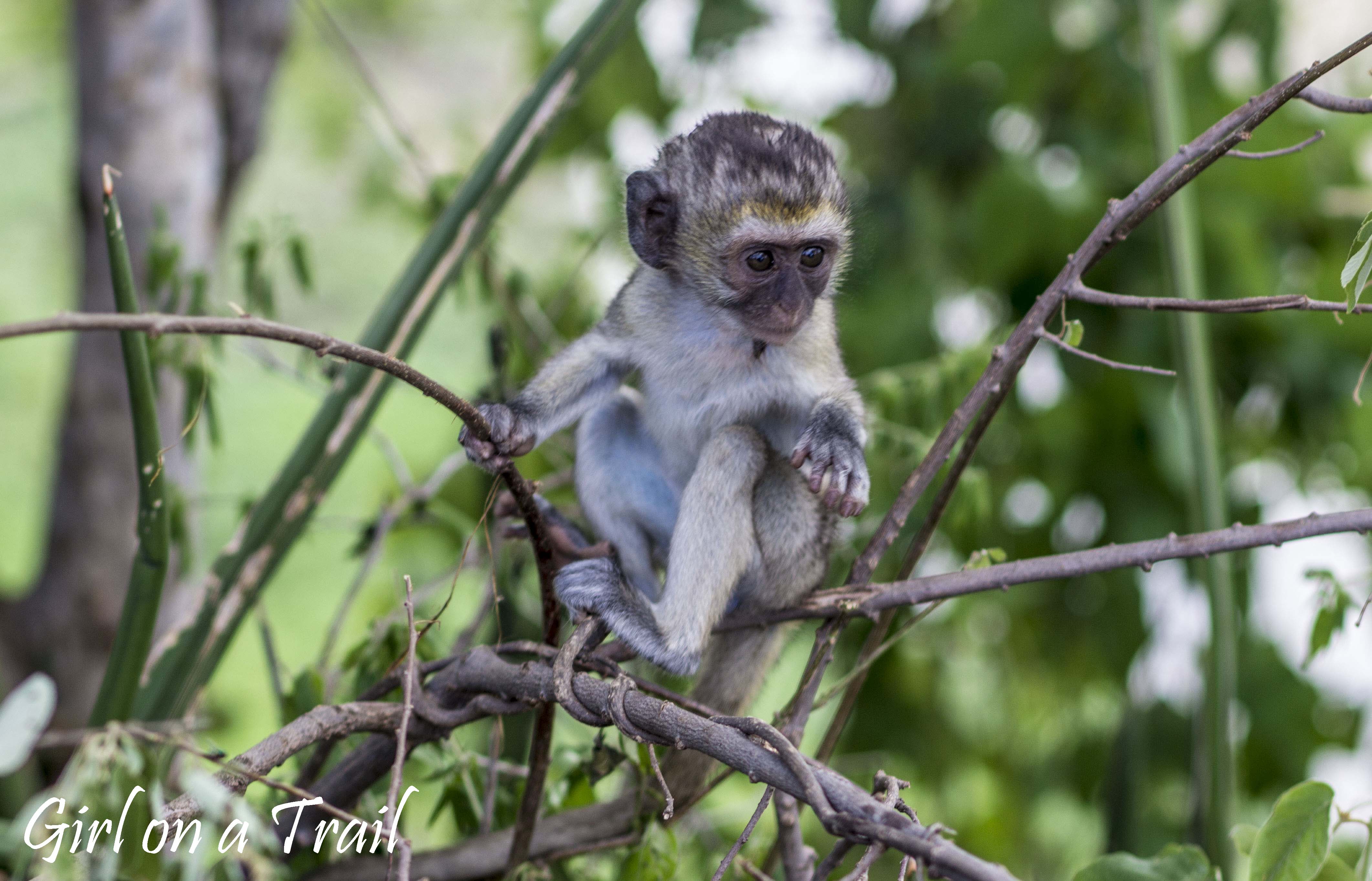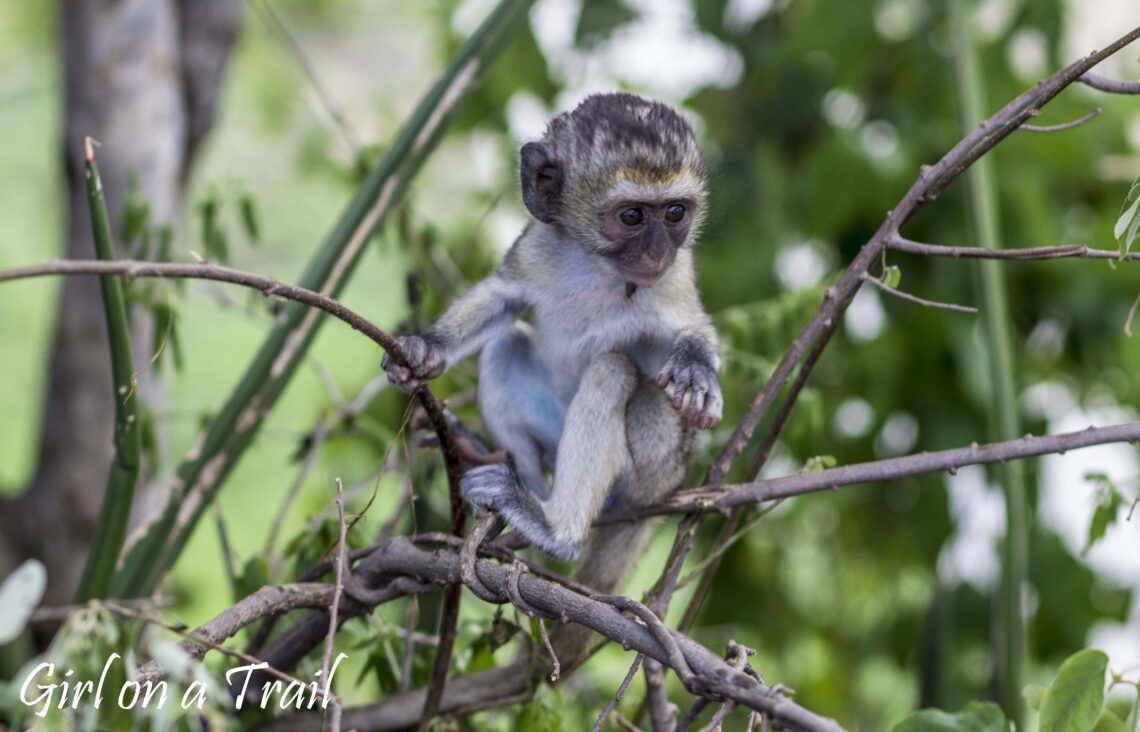
Lake Manyara and Tarangire National Park
Lake Manyara National Park and Tarangire Park are located next to the Ngorongoro and Serengeti Conservation Area. Both parks may not be as impressive as Serengeti and Ngorongoro, but they are worth visiting due to their unique, diverse landscape.

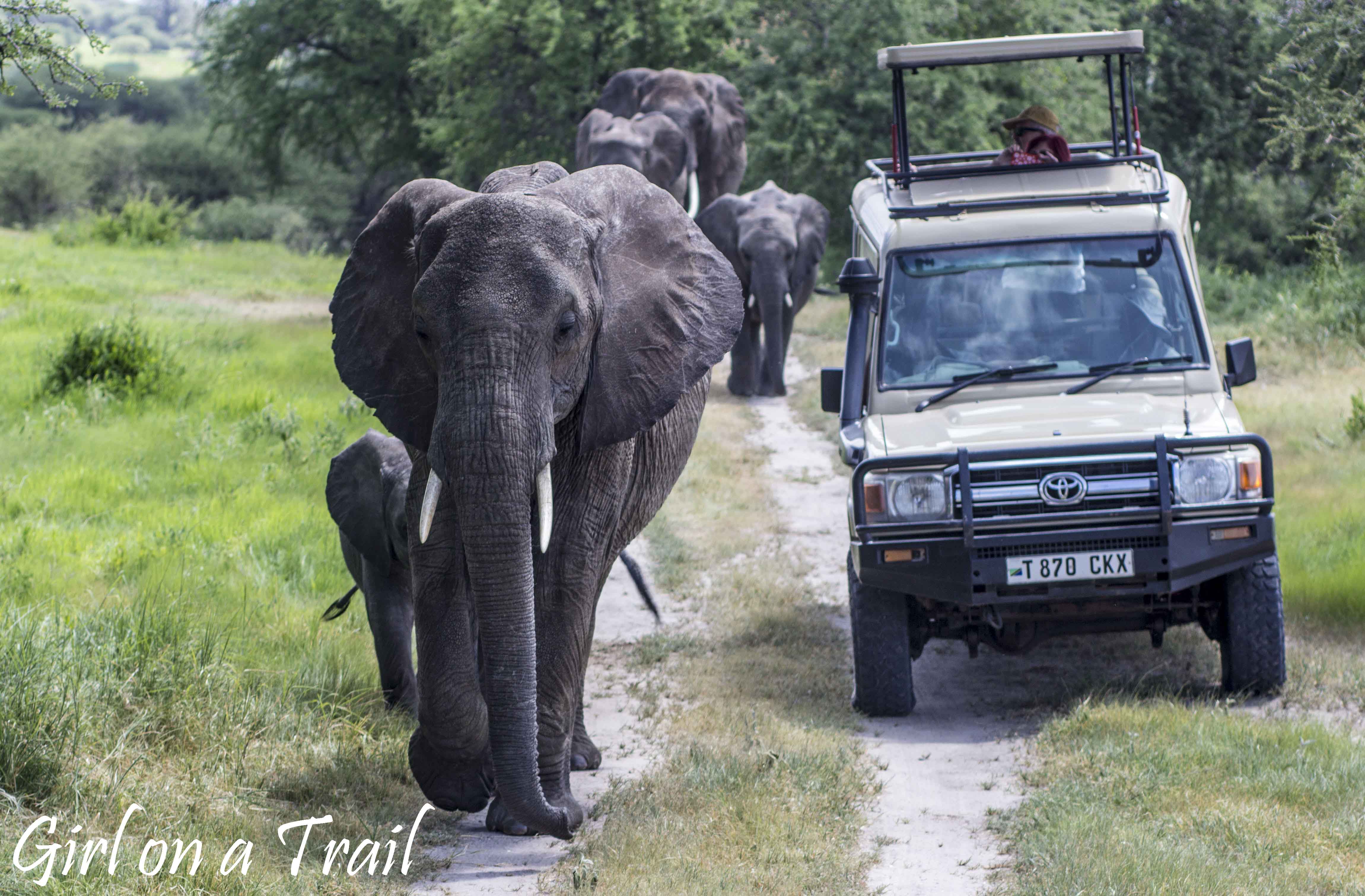
The name of Lake Manyara comes from the word Manyero, which means: “a place where animals drink water”. It’s the smallest park in Tanzania, which is why it’s often skipped by tourists. The second reason may be the dense vegetation, which may make it difficult to observe animals.
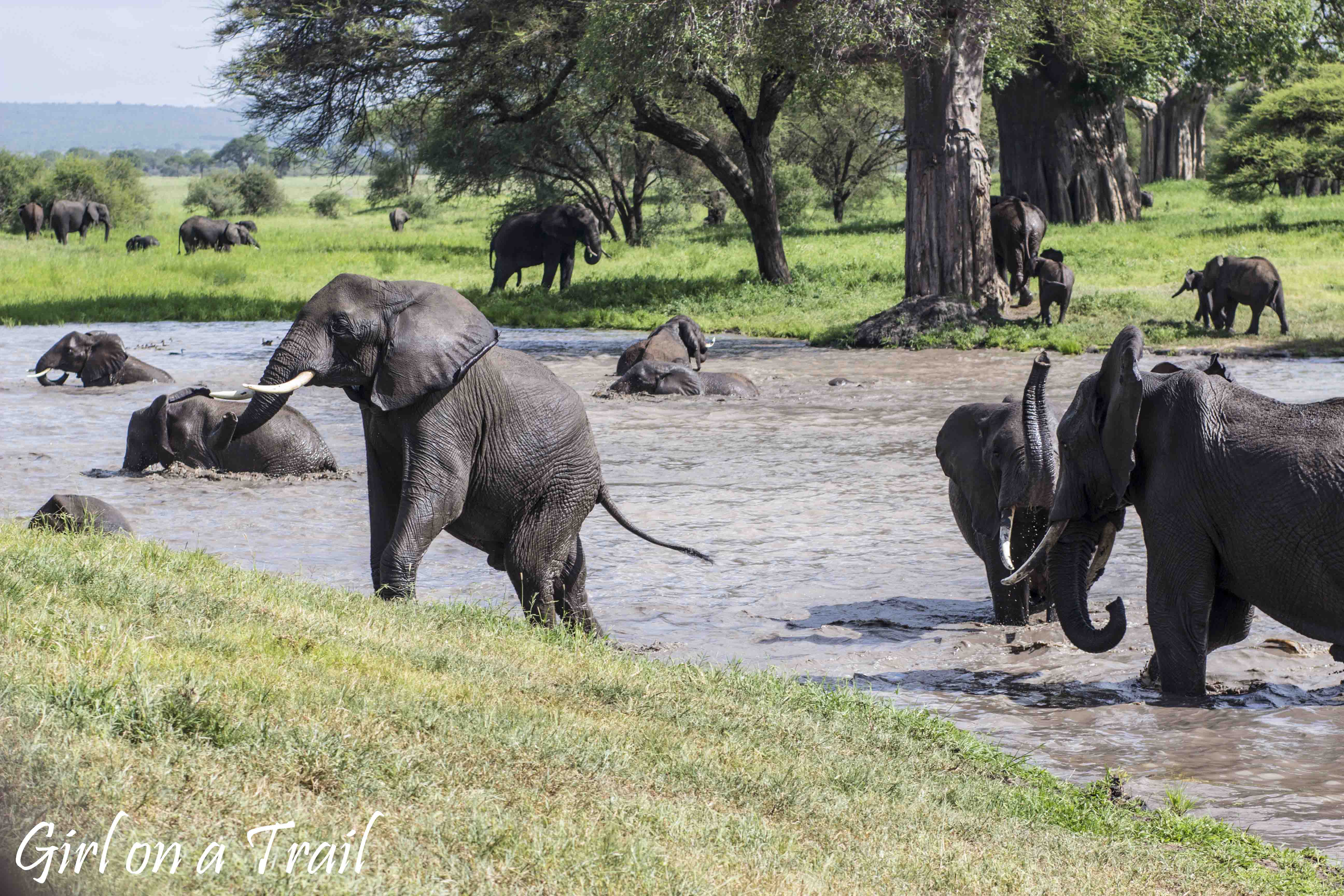
In the central point of the park there’s the salty, pink Lake Manyara. It ‘s quite shallow, its depth is only three meters. However, during the rainy season it occupies a significant part of the park. Lake Manyara is famous for its large number of flamingos, which visit it, in especially large numbers, during the dry season. It’s estimated that the area of Lake Manyara is inhabited by over 400 species of birds, including: pelicans, herons, eagles, cuckoos and storks.

The lake’s salty waters affect the park’s landscape. The area around the lake looks a bit apocalyptic, completely different from the nearby Serengeti or Ngorongoro Parks. Zebras, wildebeests and giraffes look quite unusual surrounded by dry, bent tree branches.

On the other hand, the park is covered with a dense acacia forest, which is a shelter for a large population of monkeys. Acacia leaves are a delicacy for elephants and the Masai giraffe, which is the largest in the world.
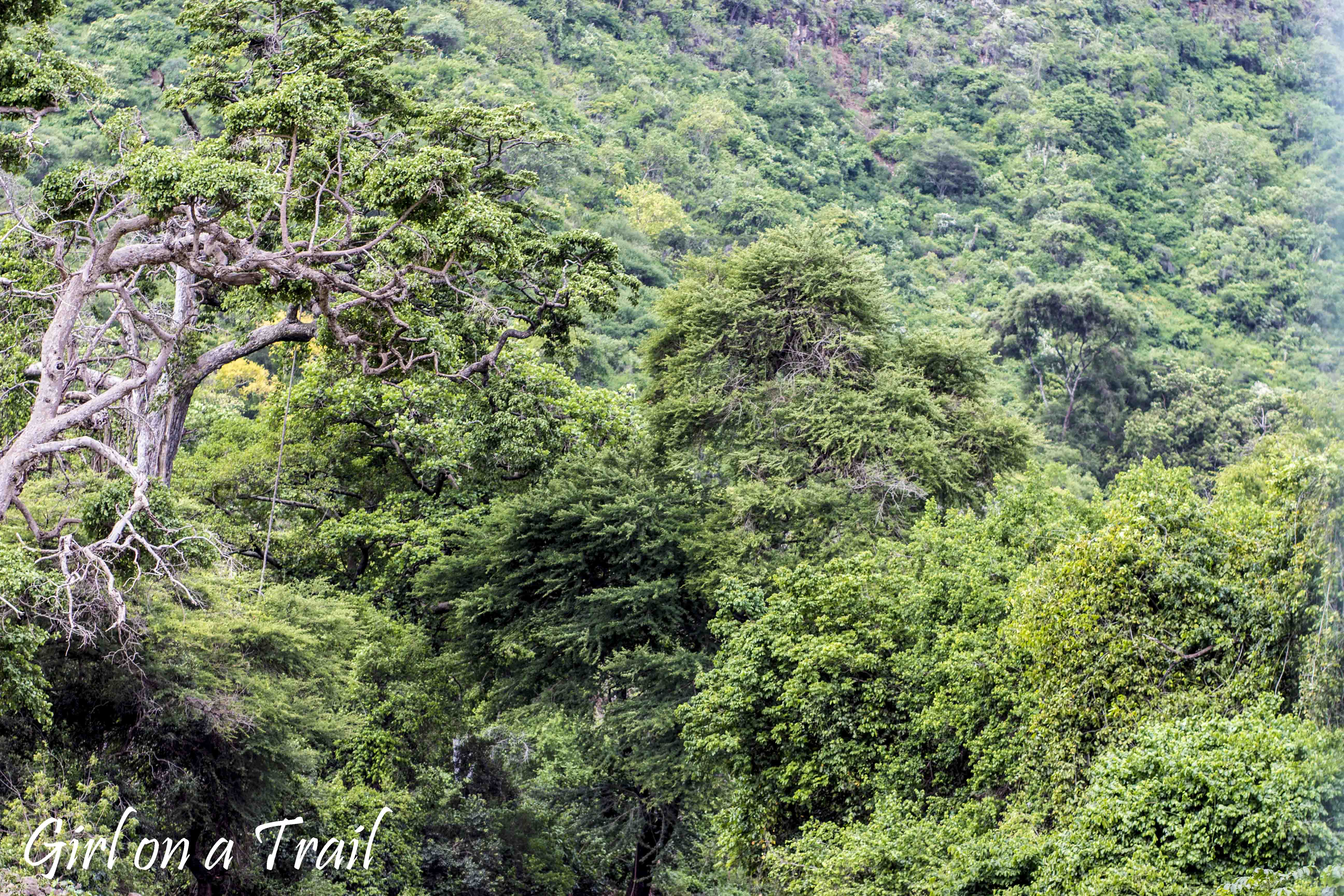

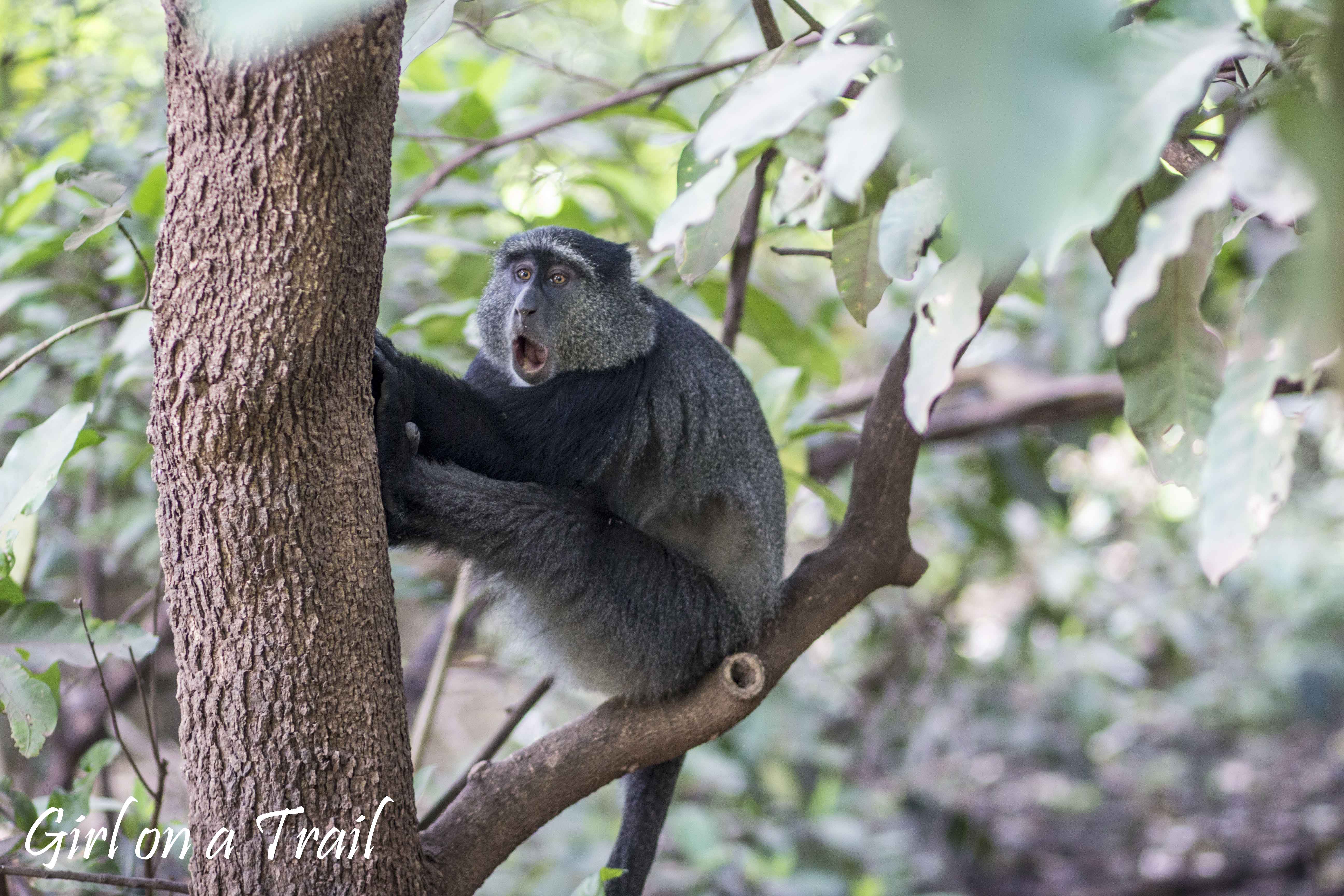
However, the biggest attraction of the park are the lions lying on the trees branches (which unfortunately I wasn’t able to spot). Their behaviour is not fully explained. Some researchers claim that it gives them better observation point, while others believe that it protects them from insects. In addition to lions, in the park you can see: cheetahs, wildebeests, impalas, gazelles and buffalos.
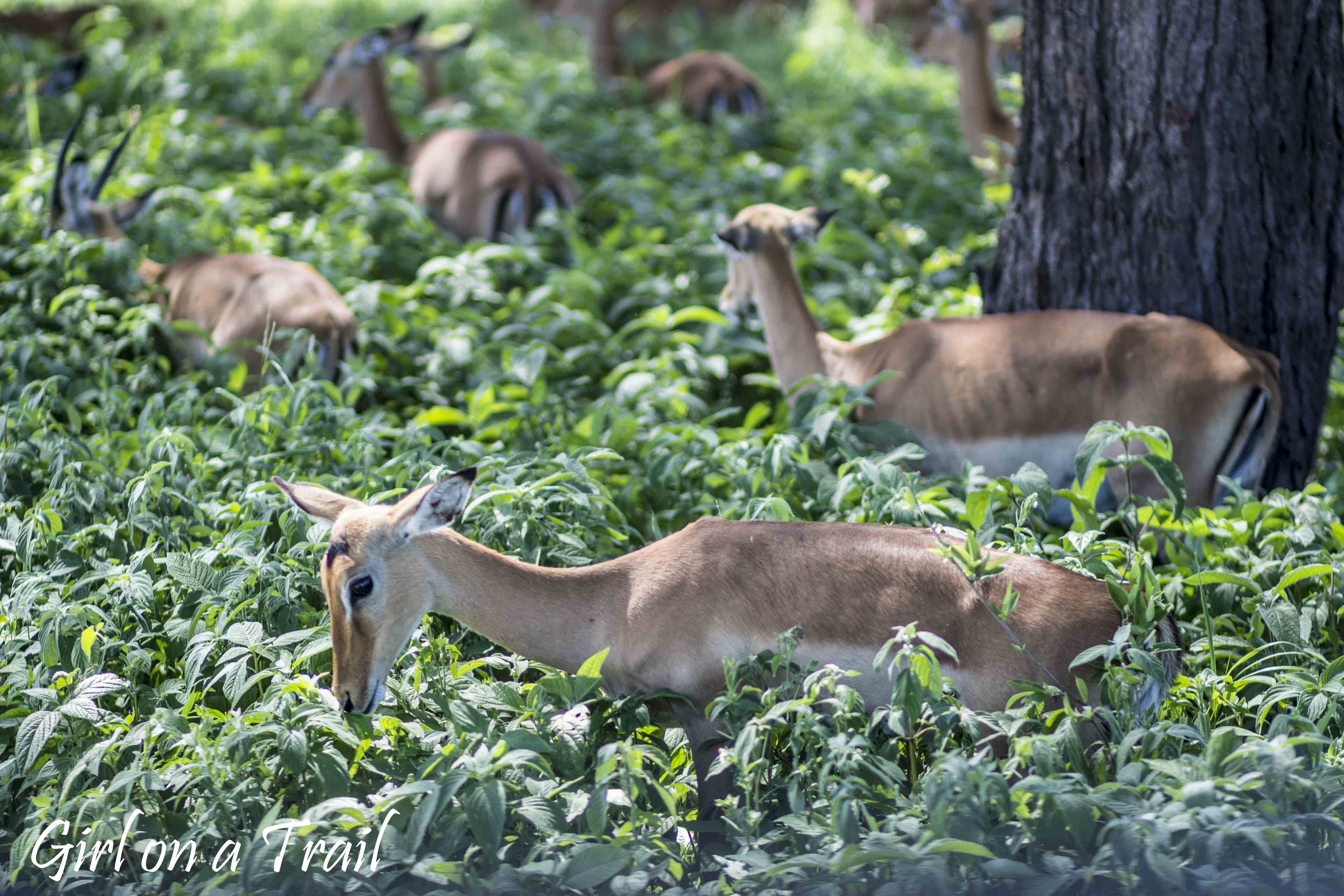
Tarangire Park is the second park worth visiting in the area. It was established in 1970 and is one of the oldest parks in Tanzania. The name of the park comes from the Tarangire River, which is located in its central point. The Tarangire River is the only source of drinking water during the dry season from June to November.
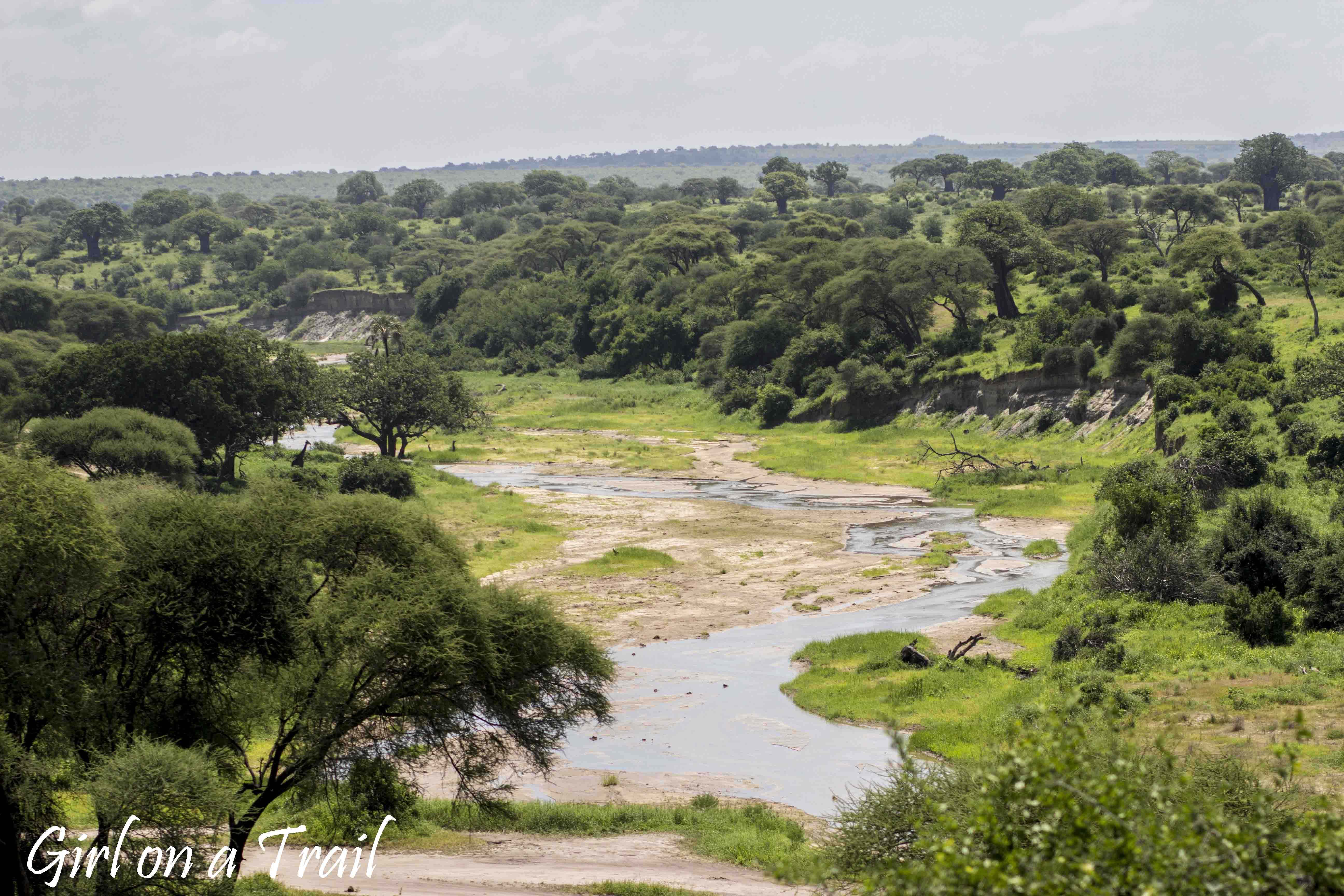
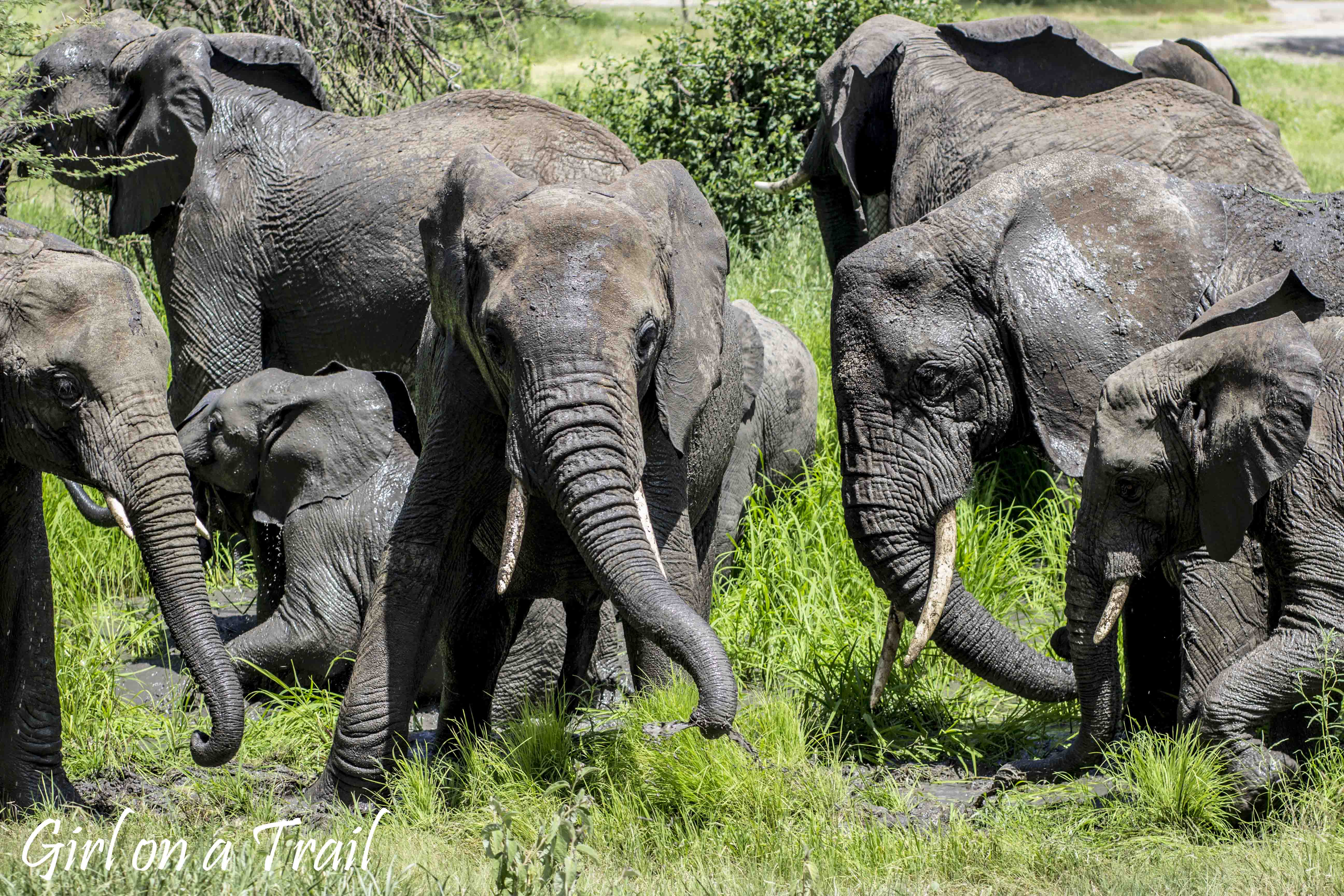
Then you can see herds of elephants numbering up to 300 individuals. The park is also called the Kingdom of Elephants because it has the largest population of these animals in Tanzania.

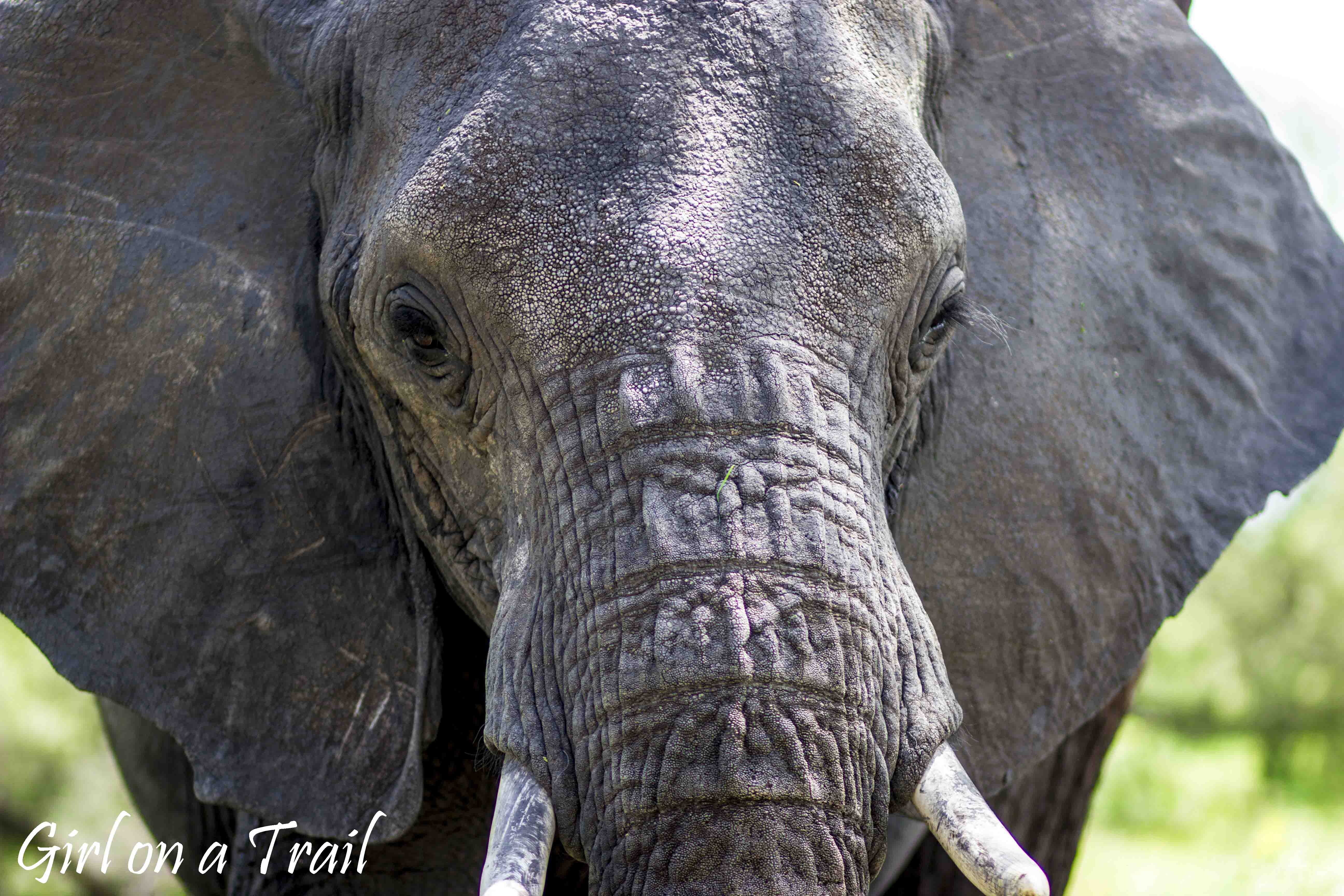
During the dry season, you can also see numerous buffaloes, antelopes, wildebeests, ipalas and gazelles in the park. Quite an unusual sight are the so-called sausage trees (kigelia), with characteristic sausage-shaped fruit. With a bit of luck, you can see lions lying on them.
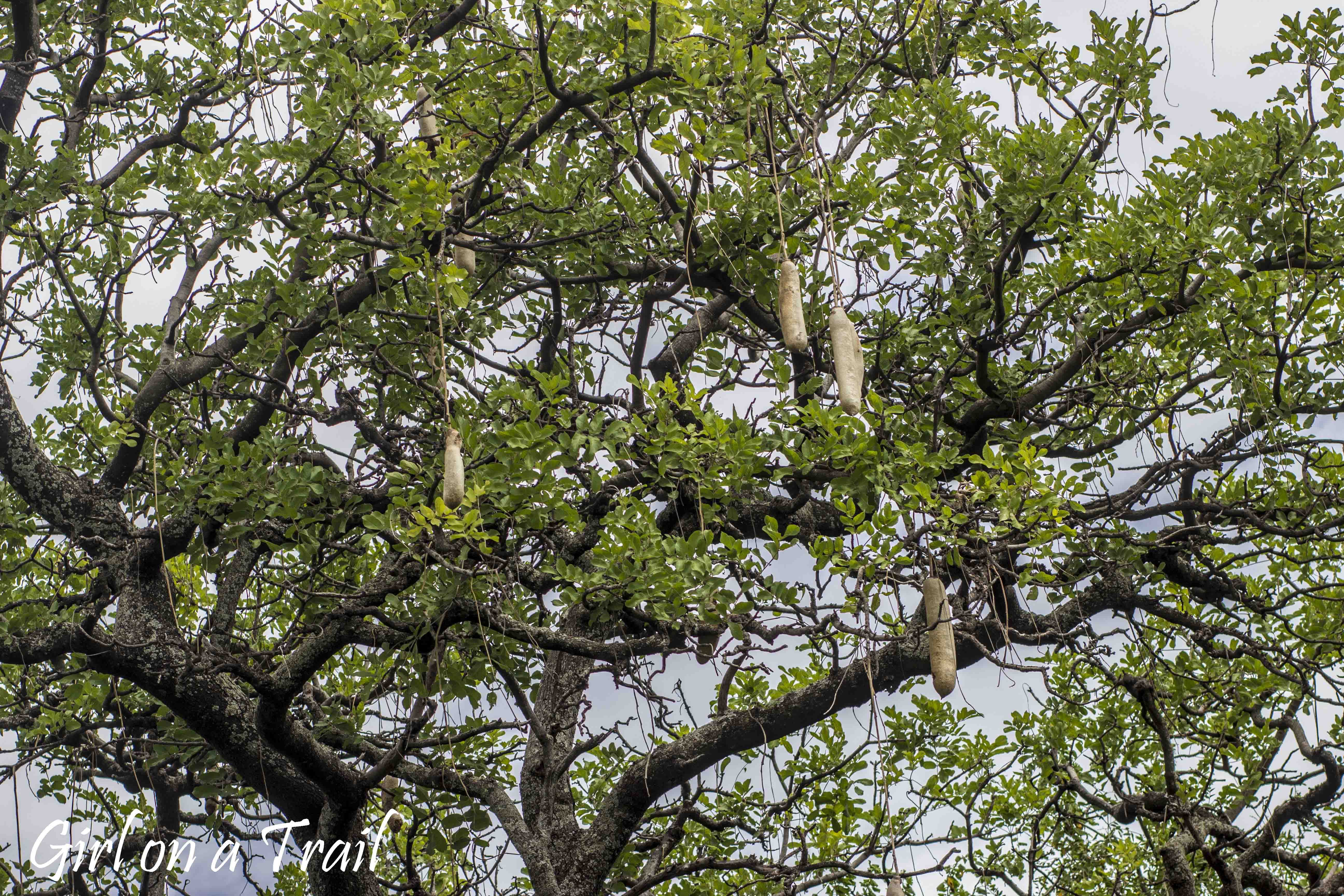
Baobabs are also an important element of the park. They’re called trees of life and can live up to 600 years. Their roots can store up to 1000 liters of water, so they can survive a long dry season. They’re a source of food for animals, and elephants sharpen their tusks on their bark. Both Lake Manyara and Tarangire Park may not be as spectacular as the Serengeti or Ngorongoro, but that is part of their charm. Spotting game is more of a challenge here, but that makes it more rewarding. An additional advantage is a different, diverse landscape that allows you to observe animals in other ecosystems.
